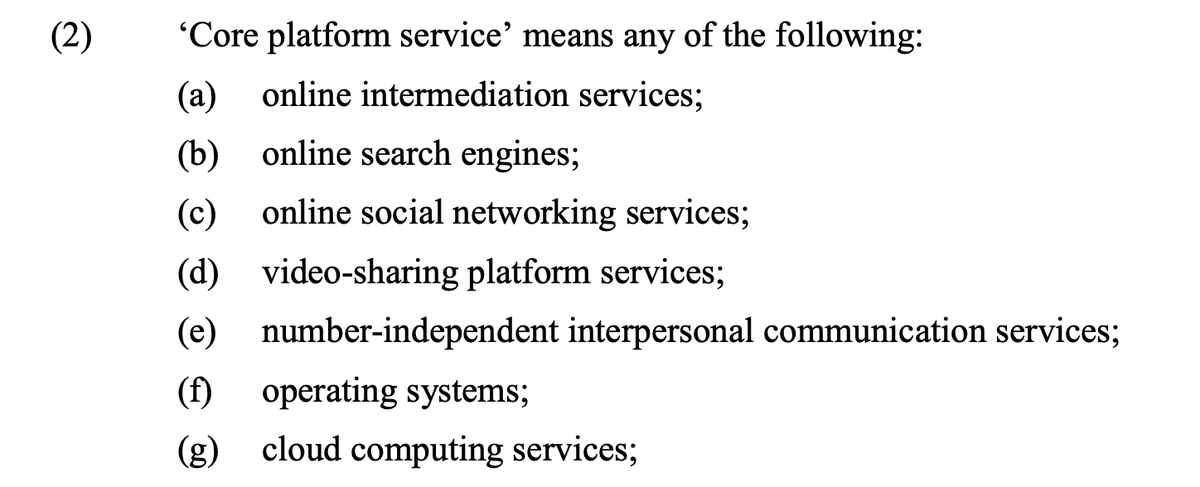
Updates announced to England and Wales presence tracing (QR checkin) app functionality. (short thread translating what these things mean) 

1st point isn't actually a change to the app or regulations. The regulations have always required everyone individually to scan in if they used the app, but allowed a 'lead member' to represent a group of up to six. This would abolish the latter. More: michae.lv/law-of-qr/
Venue history upload is controversial. The DPIA has not yet been updated to show the privacy-preserving method that the press release claims to use. May also make people wary to upload venue data. Cannot analyse without further information.
The third point makes it seem like the gov are moving to automatic testing (not quarantining) alerts for presence tracing or check-in. Less extreme than automatic quarantining (w/o public health sense check of whether the index case was in the venue in a way that posed a risk)
Unclear what the 'New QR Code Posters' means, although this could be because the original app used a proprietary and inefficient encoding (taken from New Zealand's NZ Diary app) which didn't work well from distances or on screens. (see revk.uk/2020/09/how-no… from @TheRealRevK)
Presumably the 'New QR Codes' not about changing the data within the QR code to facilitate a new protocol, else every venue has to reprint. Have to assume they just encode the same data. @TheRealRevK's blog has helpful comparison between what they are and could be with same data 



The England/Wales QR system made some good design choices from start - but still residual abuse risk, needs oversight of use. The Scotland system 'Check In Scotland' (launched after lockdown so no-one knows it) needs a LOT more scrutiny. Appears to be central database of visits.
(I missed the word manually there – somebody could only represent group of up to 6 if providing their details manually, but those who use the app could not represent others, largely as they wouldn’t be notified about where they were at risk so couldn’t tell their friends)
so weirdly the first point in that new release says there will be a change of law but it only affects people who are signing in manually and puts more of an obligation on them
Anyway all the details and references are in the blog post for that aspect
• • •
Missing some Tweet in this thread? You can try to
force a refresh









